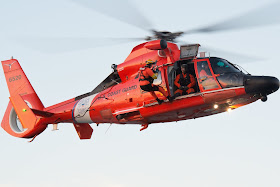SAN DIEGO – April 29, 2019 – Northrop Grumman Corporation (NYSE: NOC) will be highlighting Firebird capabilities with potential suppliers and business partners at XPONENTIAL. Firebird is an ultra-flexible, proven airframe with autonomous mission capability. Available in manned, autonomous and optionally piloted configurations, Firebird is designed to provide ISR payload and cockpit flexibility through truly open architecture and plug-and-play payload integration. The system’s unique hardware- and software enable users to carry out a wide range of ISR missions for 30 plus hours at approximately 25,000 feet.
Chappel will be speaking at the Association for Unmanned Vehicle Systems International’s XPONENTIAL trade show in Chicago on April 29 at 3 p.m. CST.
“At the heart of Firebird’s architecture are flexibility and rapid mission capability integration,” said Brian Chappel, vice president, autonomous systems, Northrop Grumman. “This architecture has been flown with over two dozen payloads, from electro-optic and infrared cameras to radar and signals and communications payloads, with demonstrations of up to five sensors operating simultaneously. By working with new hardware and software partners, we can bring even greater capabilities to Firebird thanks to the systems’ open architecture.”
Chappel will be speaking at the Association for Unmanned Vehicle Systems International’s XPONENTIAL trade show in Chicago on April 29 at 3 p.m. CST. His Trending Topics discussion will be held in room S402a and will focus on how flexibility is driving the future of autonomous systems.
Available in manned, autonomous and optionally piloted configurations, Firebird is designed to provide ISR payload and cockpit flexibility through truly open architecture and plug-and-play payload integration.
Firebird is equipped with wide band Line-of-Sight (LoS) and Beyond-Line-of-Sight (BLoS) data links, onboard storage and accessible processing for rapid data exploitation to ensure timely completion of missions. The system’s unique design allows sensors to be changed rapidly as plug-and-play devices, reducing ‘first time’ payload integration time from months to days and enabling rapid field changes in less than an hour to increase operational availability and tailored mission suitability.




















